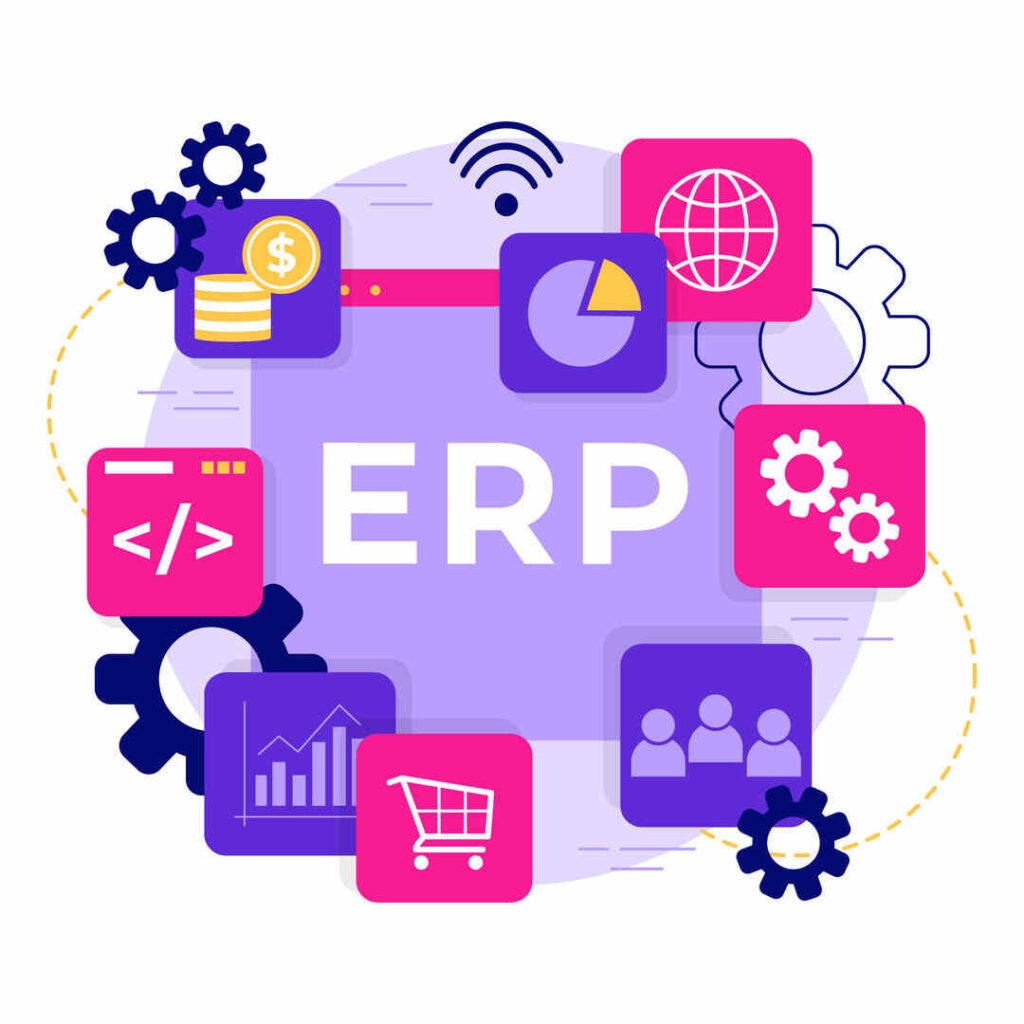Understanding ERP Planificación: A Comprehensive Guide
In today’s fast-paced business environment, efficient resource management is essential for success. One of the most effective ways to achieve this is through https://noticviralweb.blogspot.com/2024/04/erp-planificacion.html. This process involves strategically planning the implementation of an Enterprise Resource Planning (ERP) system to optimize various business functions, from inventory management to financial operations. ERP systems can streamline complex business functions, from inventory management to financial operations, on one unified platform.
What is ERP and Why is ERP Planificación Important?
Definition of ERP
ERP, or Enterprise Resource Planning, is a software solution designed to bring together various business processes onto a single platform. An ERP system centralizes data and processes, helping businesses coordinate operations, improve decision-making, and increase efficiency.
Importance of ERP Planificación
ERP Planificación, or ERP planning, refers to the detailed process of selecting, planning, and implementing an ERP system that best fits a company’s specific needs. This planning phase is essential for optimizing operations, as it allows businesses to customize the system to streamline workflows, reduce costs, and make data-driven decisions.
Types of ERP Systems for Effective ERP Planificación
When it comes to https://noticviralweb.blogspot.com/2024/04/erp-planificacion.html, understanding the different types of ERP systems is fundamental:
Cloud ERP
Cloud ERP systems are hosted on external servers and accessed through the internet, providing flexibility and scalability. Since they don’t require on-site hardware, they come with lower upfront costs and are particularly suitable for small and medium-sized businesses.
On-Premises ERP
On-premises ERP systems are installed and managed locally within a company’s own servers, giving organizations more control over data security and system management. This type is generally preferred by larger organizations with robust IT infrastructure and specific compliance requirements.
Hybrid ERP
Hybrid ERP systems combine cloud and on-premises functionalities, allowing companies to keep certain sensitive data in-house while enjoying the scalability of cloud solutions. This setup provides both security and flexibility, making it a versatile option for many organizations.
Challenges in ERP Planificación
While https://noticviralweb.blogspot.com/2024/04/erp-planificacion.html can greatly benefit a business, it comes with its own set of challenges:
Budget Management
ERP systems can be costly due to software, hardware, training, and ongoing maintenance expenses. Effective budgeting during the planning phase is essential to avoid cost overruns and ensure resources are allocated efficiently.
Data Integration Issues
Seamless integration with existing systems and databases is crucial, but it can be complex. Proper planning and testing are needed to avoid errors and ensure that data flows smoothly across the entire organization.
Data Migration Risks
Transferring data from legacy systems to a new ERP can be risky, potentially resulting in data loss or corruption. A carefully planned migration process can help mitigate these risks.
Employee Resistance
Introducing a new ERP system often requires employees to adapt to different processes. Change management and adequate training are essential to ease the transition and gain employee buy-in.
Steps for Successful ERP Planificación
To ensure a successful https://noticviralweb.blogspot.com/2024/04/erp-planificacion.html, consider the following steps:
Assess Business Needs
Understanding the unique needs and objectives of the business is the first step. A detailed assessment ensures the ERP system will meet specific organizational requirements.
Define Clear Objectives
Setting clear goals—like improving operational efficiency or reducing costs—helps measure the success of the ERP Planificación process.
Select the Appropriate ERP System
Choose an ERP system that aligns with the company’s size, industry, and specific functional needs, considering factors like data security, scalability, and ease of use.
Prepare Data for Migration
Data preparation is essential for a smooth transition. Ensuring data quality and organization before migration minimizes errors and disruption.
Develop a Training Program
Training employees to use the new ERP system is critical for successful adoption. A well-planned training program should cover core functions and new workflows to empower employees from day one.
Best Practices for Effective ERP Planificación
Here are some best practices to help you achieve successful https://noticviralweb.blogspot.com/2024/04/erp-planificacion.html:
Involve Key Stakeholders
Engage key stakeholders early in the process to gather valuable insights and secure buy-in. This helps ensure that the ERP system meets various departmental needs and garners internal support.
Minimize Over-Customization
Avoid unnecessary customizations, as they can complicate future updates and increase costs. Instead, focus on using core functionalities and only customize where essential for business operations.
Conduct Rigorous Testing
Thoroughly test the ERP system before going live to identify any potential issues and make necessary adjustments.
Provide Continuous Training
Ongoing training programs help employees stay up-to-date with system features and updates, ensuring that they can use the ERP system effectively as it evolves.
Case Studies of Successful ERP Planificación
Many companies have successfully navigated https://noticviralweb.blogspot.com/2024/04/erp-planificacion.html:
Company Alpha
A small business that implemented a cloud-based ERP system saw a 35% reduction in operational costs due to streamlined processes. They achieved success by prioritizing thorough planning, careful budgeting, and training their team.
Company Beta
A larger organization with specific security requirements chose a hybrid ERP system. This approach allowed them to maintain control over sensitive data while leveraging cloud capabilities for scalability, ultimately supporting business expansion.
Future Trends in ERP Planificación
The future of https://noticviralweb.blogspot.com/2024/04/erp-planificacion.html is being shaped by several emerging trends:
AI and Machine Learning
Artificial intelligence (AI) and machine learning are enhancing ERP systems by enabling predictive analytics and process automation. These technologies help businesses make better decisions based on real-time data insights.
Increased Cloud Adoption
As more companies adopt cloud ERP solutions, the flexibility, and remote accessibility of these systems have become increasingly valuable, especially for companies with distributed teams.
IoT Integration
Integrating ERP with the Internet of Things (IoT) allows for real-time data collection and analysis, especially useful for manufacturing and logistics. This integration can optimize supply chains, improve production processes, and provide valuable insights into business operations.
Tools and Software for ERP Planificación
There are several tools available to support https://noticviralweb.blogspot.com/2024/04/erp-planificacion.html:
SAP S/4HANA
SAP S/4HANA combines AI and machine learning to provide real-time insights, making it suitable for data-driven organizations. It offers extensive customization options and is used by many global companies.
Oracle ERP Cloud
Oracle ERP Cloud provides a suite of applications for managing finance, operations, and more, with a focus on scalability. It’s known for its strong analytics capabilities, which help businesses make data-informed decisions.
Microsoft Dynamics 365
Microsoft Dynamics 365 combines ERP and CRM capabilities to streamline both business operations and customer relationship management. It’s particularly popular with mid-sized businesses seeking an all-in-one solution.
Conclusion
In conclusion, effective ERP Planificación is crucial for businesses looking to optimize their operations, reduce costs, and stay competitive. By understanding the types of ERP systems, recognizing challenges, and following best practices, companies can navigate the complex ERP Planificación process with confidence.
Ready to streamline your business operations? Start your ERP Planificación journey today to achieve greater efficiency and operational growth!

